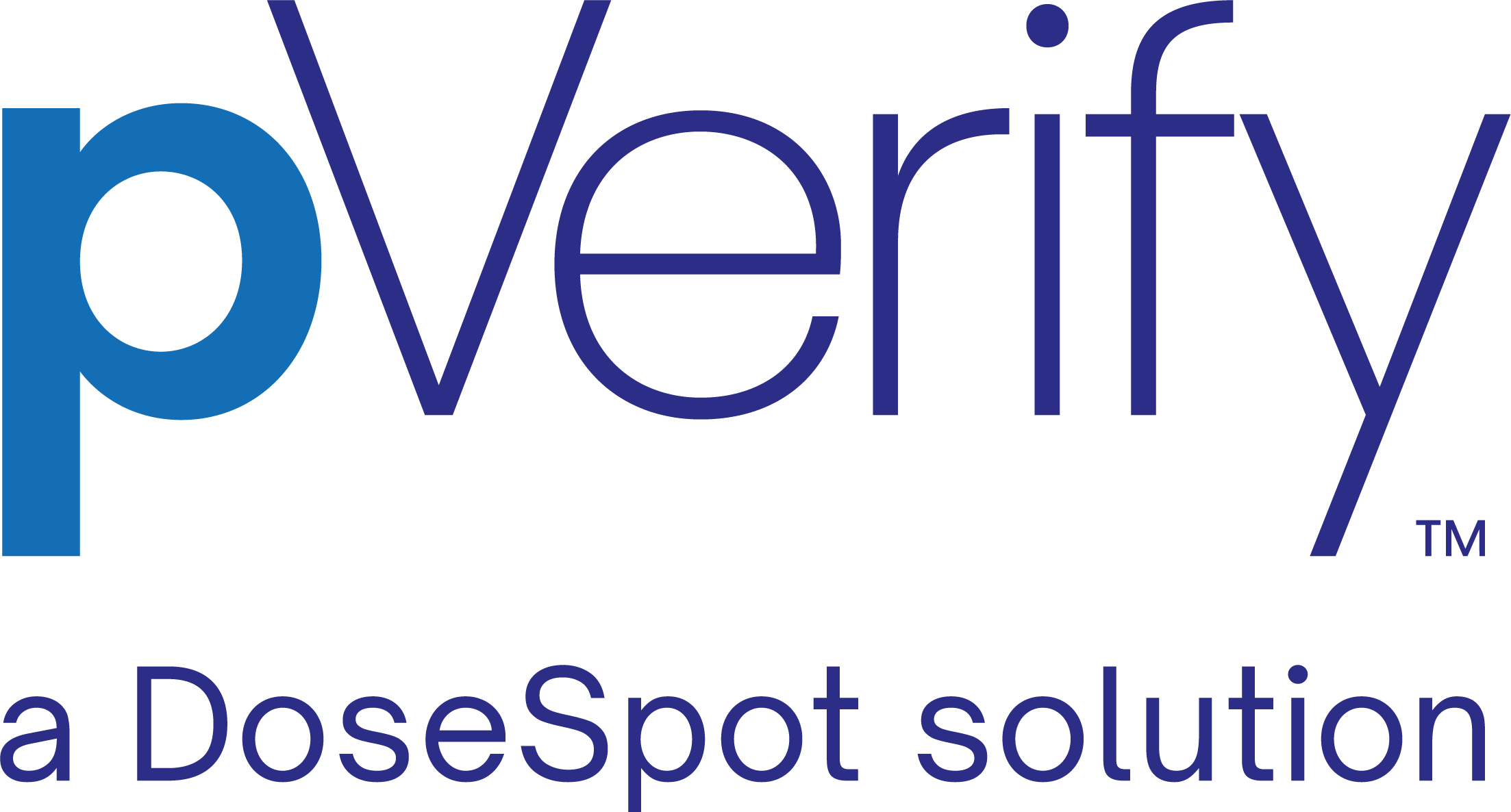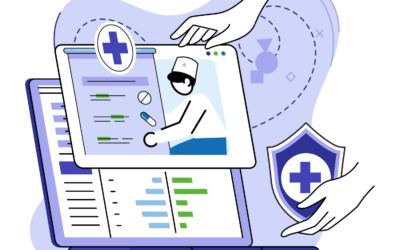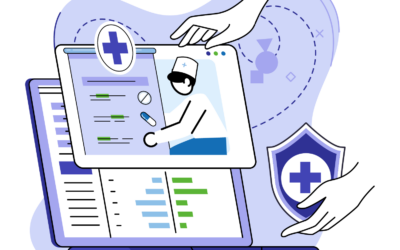pVerify Blogs:
Insurance Verification News, Integrations, and Industry Trends
Welcome to the pVerify Blog page! Here, you’ll find insights that empower Healthcare Providers. Explore expert articles, industry updates, and tips to streamline patient eligibility, benefits verification, and revenue cycle management.
Top Benefits of Using Medicare Eligibility Verification
BLOGFor healthcare providers, insurance companies, and billing staff, one of the biggest challenges is making sure patients are eligible for Medicare before sending claims. If eligibility is not checked properly, it can lead to denied claims, payment delays, and...
Streamlining Patient Care: A Guide to Leveraging Mental Health Eligibility APIs
BLOGEfficient delivery of patient care is a priority for top Mental Health organizations continually seeking to leverage technology and innovative solutions to increase revenue, streamline processes, reduce administrative burdens, and enhance overall patient...
Streamlining Patient Care: A Guide to Leveraging PT/OT Eligibility APIs
BLOGEfficient delivery of patient care is a priority for top Physical Therapy and Occupational Therapy organizations continually seeking to leverage technology and innovative solutions to increase revenue, streamline processes, reduce administrative burdens, and...
Beyond Compliance: Leveraging APIs for Enhanced Patient Satisfaction
BLOGIn today’s rapidly evolving healthcare landscape, patient satisfaction has emerged as a critical metric for measuring the quality of care provided by healthcare institutions and providers. While compliance with regulations and standards remains essential,...
6 Patient Eligibility Verification Best Practices for Mental Health Practices
BLOGFor Mental Health practices, verifying patient eligibility is indispensable when it comes to billing patients, getting paid by insurance providers, and managing the practice’s overall revenue cycles. With the rise in high-deductible and cost-sharing insurance...
6 Patient Eligibility Verification Best Practices for PT/OT Practices
BLOGFor Physical Therapy and Occupational Therapy practices, verifying patient eligibility is indispensable when it comes to billing patients, getting paid by insurance providers, and managing a PT/OT practice’s overall revenue cycles. With the rise in high-deductible...
CASE STUDY: Maximizing Revenue
BLOGpVerify helps a customer save $3.9 million Leveraging pVerify tailored insurance verification, eligibility solutions, and support, a healthcare customer with close to 200 locations significantly reduced bad debt, resulting in a client-estimated $3.9 million...
What does API Stand for in Medical Billing?
BLOGAn API, or Application Programming Interface, is a set of rules and protocols that allows different software applications to communicate and interact with each other, enabling them to share data and functionality. In healthcare, APIs play a crucial role in...
What Does API Stand for in Healthcare?
BLOGAn API, or Application Programming Interface, is a set of rules and protocols that allows different software applications to communicate and interact with each other, enabling them to share data and functionality. APIs Role in Healthcare In healthcare, APIs play a...
Streamlining Patient Care: A Guide to Leveraging Healthcare Eligibility APIs
BLOGEfficient delivery of patient care is a priority to today’s top healthcare organizations continually seeking to leverage technology and innovative solutions to increase revenue, streamline processes, reduce administrative burdens, and enhance patient experiences....
What is an API for Health Insurance?
BLOGHealthcare APIs (Application Programming Interfaces) facilitate seamless communication between healthcare providers’ systems and various databases containing insurance coverage information. But what is an API for health insurance? Why are they important, and what...
What are the Benefits of APIs in Healthcare?
BLOGAn API, or Application Programming Interface, lets software applications communicate with each other to exchange data, features and functionality based on a set of rules or protocols. Leveraging APIs as a healthcare provider or as a software provider for...










